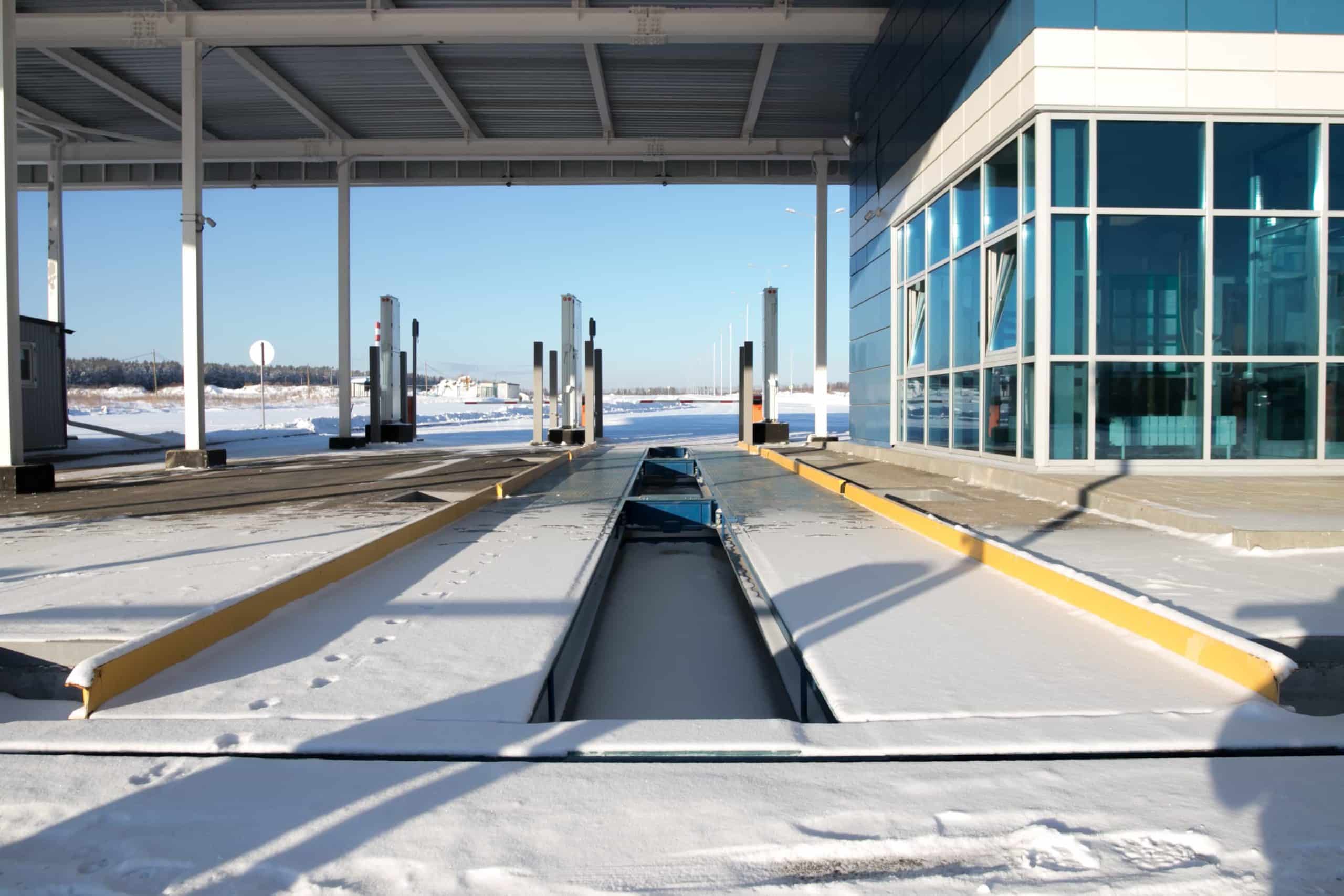Truck scales and weigh stations are crucial to protecting roads and infrastructure. By having truck scales operating properly at your weigh stations, you are saving tax payers’ money and protecting the safety of truck drivers and others on the road.
However, sometimes you need to move your scales for various reasons. We’ve compiled a list of five tips to help you effectively and correctly move your truck scales when that time comes.
Safety Considerations
Nothing is as important as the safety and well-being of everyone involved in transporting your truck scales. If you are preparing to have your scales moved, you need to do everything in your power to ensure that everyone remains safe throughout the entire process.
To begin, make sure all of the electrical components of your scales are disconnected. Directly before transport is not the time to double check that everything is safely unplugged and disconnected. Also take care to make sure it’s obvious that your scales are closed to truckers looking to use your weigh station, so they don’t have to do any roadside maneuvering to get themselves back into traffic.
Conduct a Site Survey for Your New Station
When you’re looking to move your scales to a new site, you should have your new property surveyed. This will alert you to which parts of your site might be best utilized for both above-ground and underground services.
Dealing with water, gas, and sewage might add to the cost of your project, but if you choose a location that’s in close proximity to these services, you can save a serious amount of money. In order to make the most out of your move, be sure to conduct your survey in the early stages so you can know what to expect as far as these costs are concerned.
Consider Your Scale Type
Above-ground scales and below-ground scales are both highly effective but require different terrain and installation protocols. You should think about the type of property that you need to best accommodate your scales.
In-ground scales are installed level with the ground and require a concrete foundation to hold them. These scales require less land than their above-ground counterparts. If you’ve got in-ground scales that you are planning to move, you don’t have to worry about having an approach for trucks.
Unlike in-ground scales, above-ground truck scales don’t require a concrete foundation. However, they do require about twenty feet of approach on both ends of the scale. This allows for the trucks to put themselves in the proper position to be weighed accurately and safely.
If you don’t have a gravity drain for your in-ground scales, you’ll need electrical access for a sump pump. With an above-ground scale, you won’t need a pump, so you won’t have to worry about electricity.
When you move your truck scales, you have to consider the types of scales you’re moving so you can choose a location that works best for your scales and set up.
Schedule a Pre-Transport Inspection
Your truck scales and weigh station represent thousands, if not millions, of dollars. Before you have your scales moved, you should have a thorough inspection done so you can know the condition and integrity of your scales. We recommend performing these checks:
- Test indicators and load cells
- Inspect and clear the area surrounding the scale
- Level and examine the condition of the platform
- Inspect cables for damage
- Inspect and test connections
- Test using weight standards
- Adjust and calibrate per guidelines
By ensuring your scales are in top condition before transport, you can know if damage occurred during your move and if your station is liable for repairs.
Recalibrate upon installation
This should go without saying, but you must remember to correctly recalibrate your scales after the move. Everyone is counting on your scales to be accurate for safety and regulation purposes. Make sure that your scales are fully assembled with all of the pieces in place, no matter how insignificant they might seem, before you recalibrate.
This is also a good time to have your scales cleaned. Additionally, after calibration, be sure that your scales have received inspection from your state’s Department of Transportation. It’s crucial that after transport, your scales are thoroughly inspected and certified so that the measurements are accurate and both you and the truck drivers are meeting the standards set by your state.
If properly maintained, your truck scales can last for over 25 years. Regular calibration, cleaning, and inspections will increase their life span, making the road safer for every driver on it. Moving your trucks scales from one location to the next may seem intimidating, but when you hire a reputable, trustworthy transport service, and when you take the precautions and planning practices listed above, you can be sure that your move will go off without a hitch. When you follow these tips, you can ensure the quality and accuracy of your scales for years to come.
Learn more about our structural moving services.

